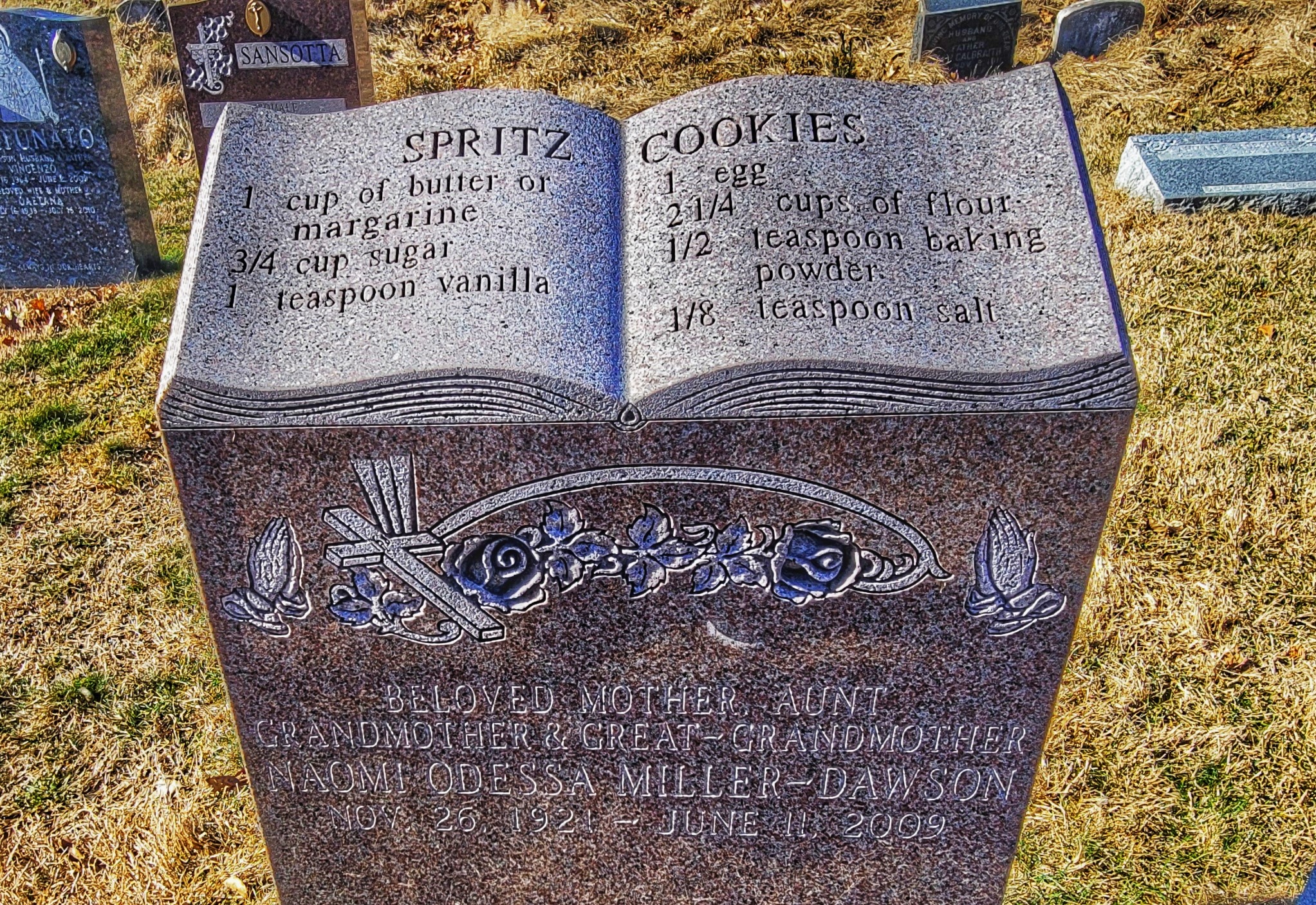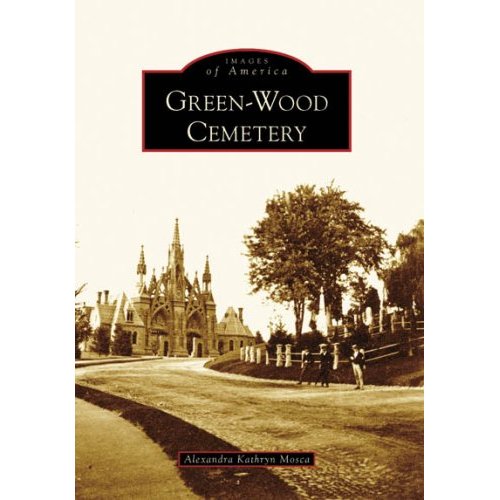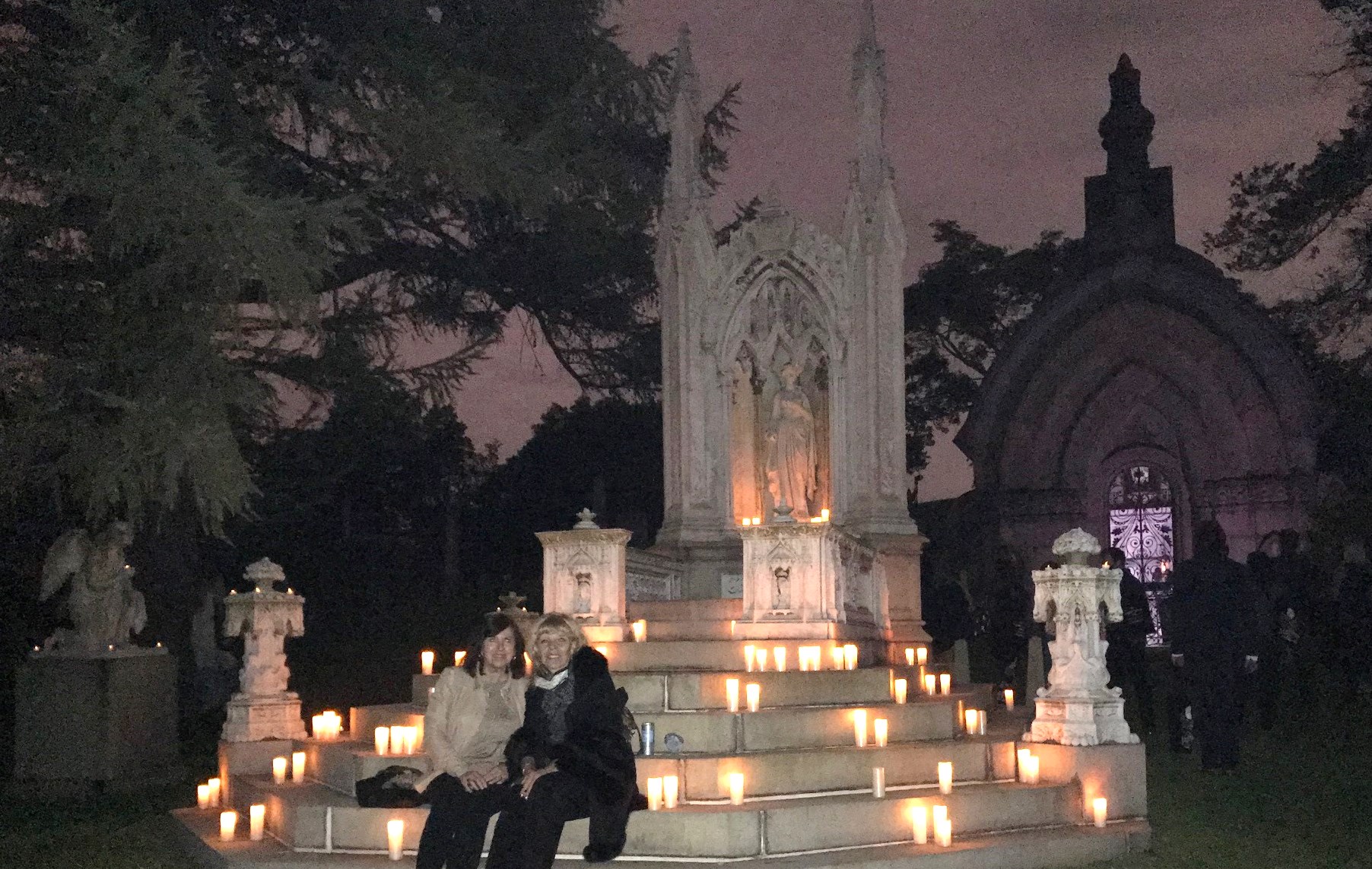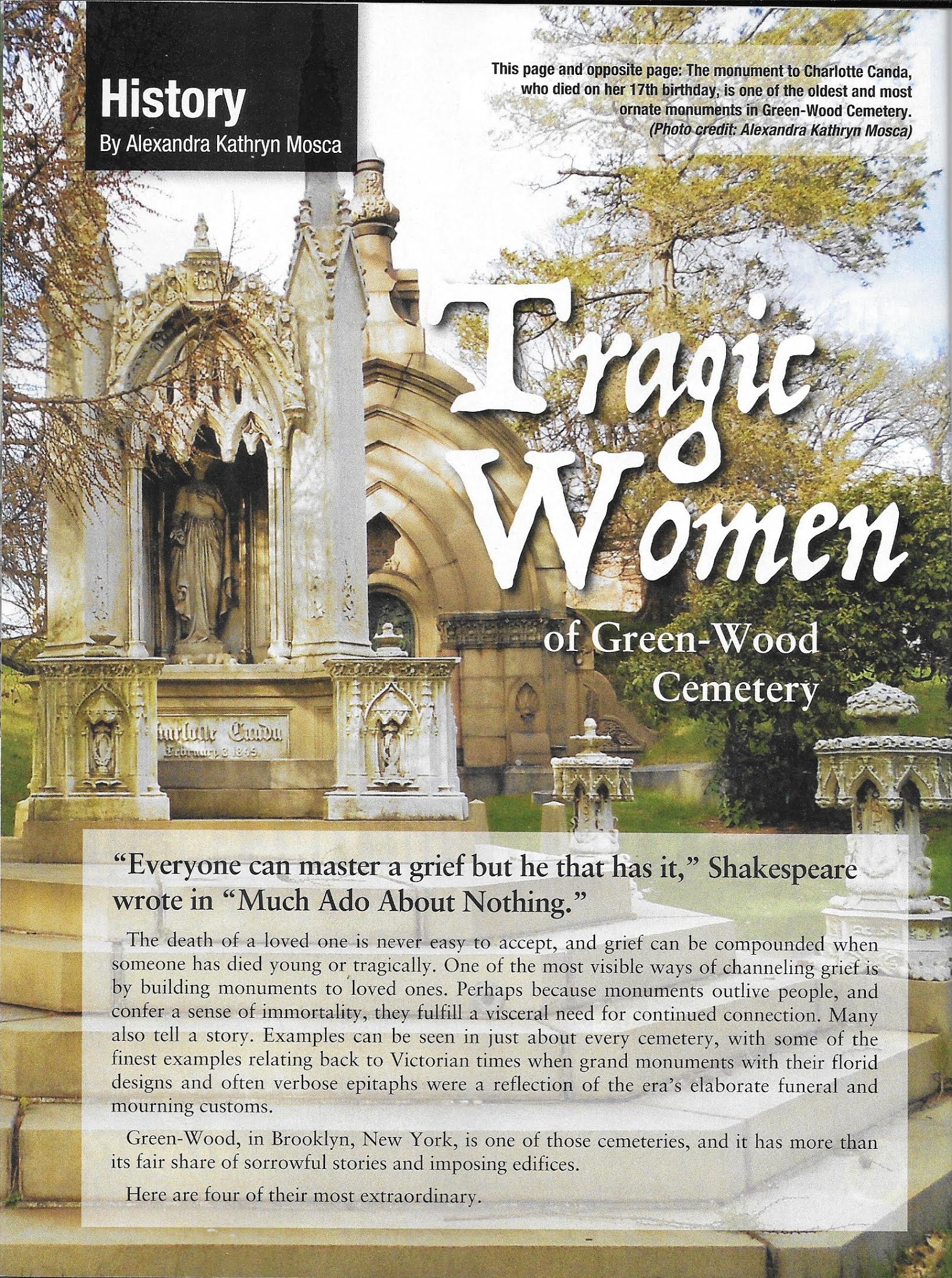Thomas Clark Durant

Born in Lee, Massachusetts, Thomas Clark Durant attended Albany Medical School, earned a degree and, for a time, taught surgery. However, after becoming aware of the need for better transportation, he became involved in the railroad industry. When he became involved in a lawsuit about a bridge, he hired a young lawyer named Abraham Lincoln to defend him. This connection paid off when Lincoln became president. In 1862, he gave Durant’s company, the Union Pacific, a big part of building the Transcontinental Railroad. Although construction faced delays due to the Civil War, Durant took advantage of the situation by secretly bringing in cotton from the Confederate States to make money. After the war, railroad construction resumed, and Durant organized publicity stunts to draw attention and investors. A memorable moment was when he swung the sledgehammer to drive the Golden Spike into the ground in Promontory, Utah, completing the Transcontinental Railway. Durant died in 1885, b...




.JPG)





.jpeg)
.jpeg)


.jpeg)



